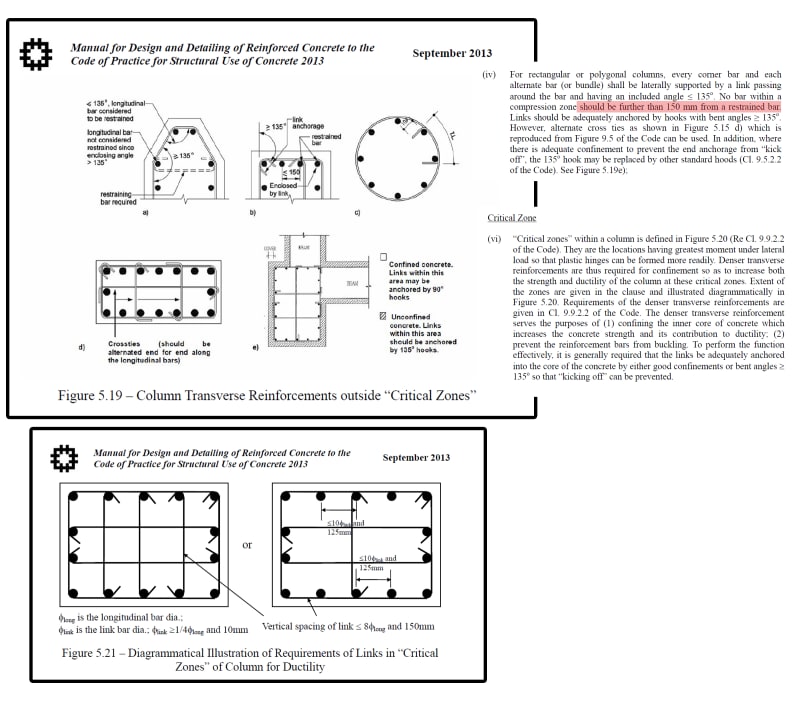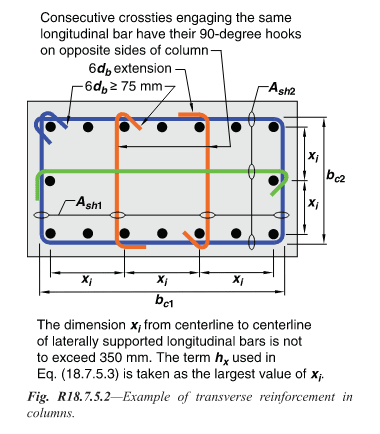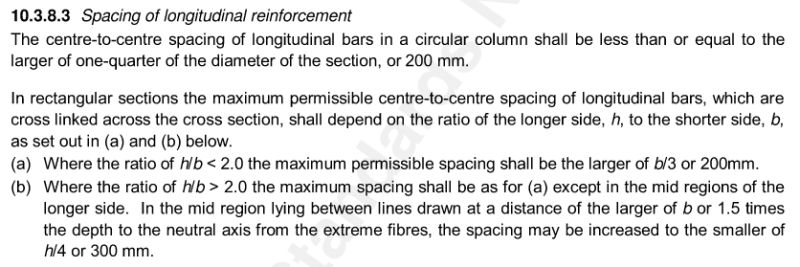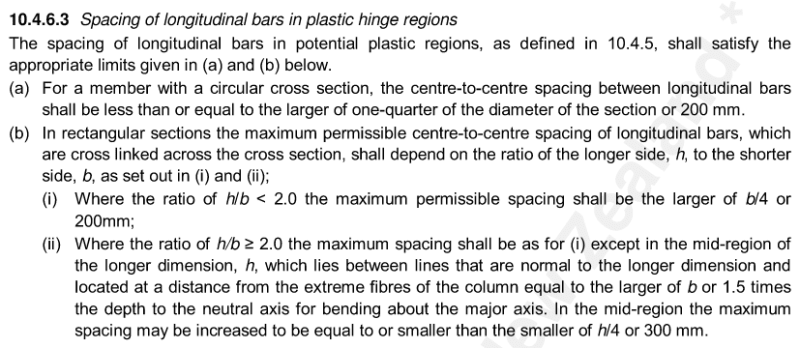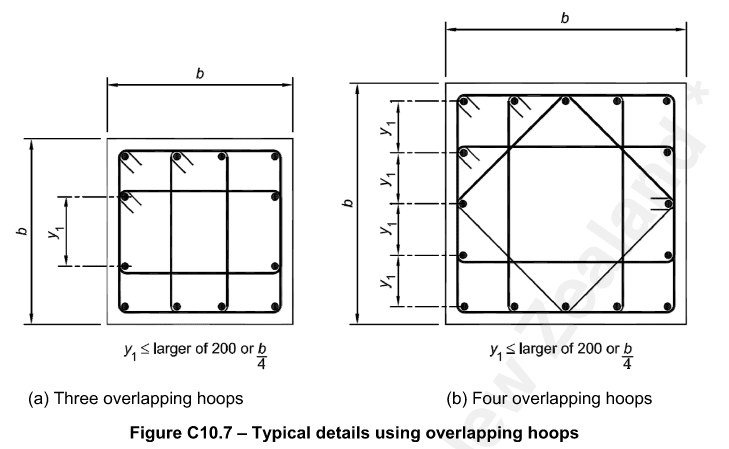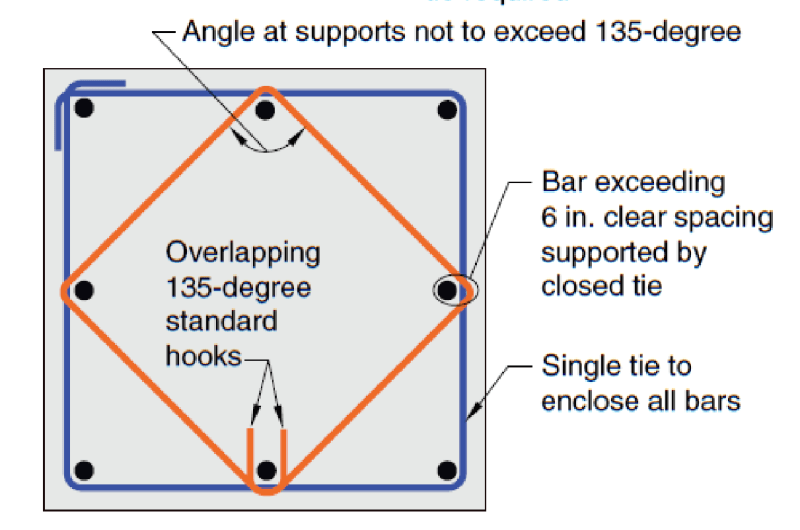Pretty Girl7
Civil/Environmental
I didn't notice that the eurocode have any limits of the distance of longitudinal reinforcement in columns. I'm not talking about links (transverse), I'm talking about the main long bars in the columns.
As I see the calculation of reinforcement required (ASreq) only provides the area of reinforcement. But the area can be provided in many ways as follows. But there should be a distance to the reinforcement isn't it, or else anyone would just provide it just on the four sides of the column.
Are the limits mentioned in the Eurocode?
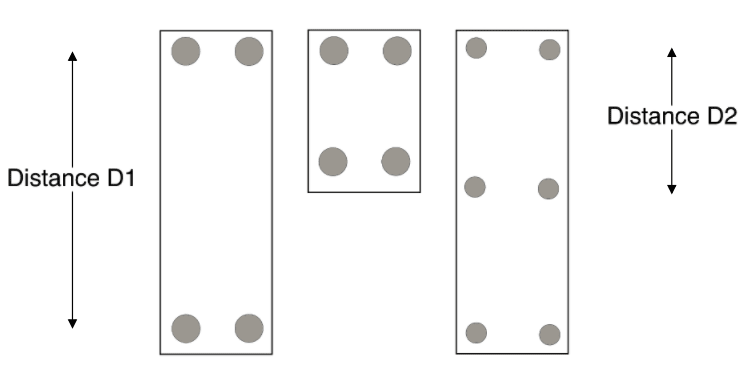
As I see the calculation of reinforcement required (ASreq) only provides the area of reinforcement. But the area can be provided in many ways as follows. But there should be a distance to the reinforcement isn't it, or else anyone would just provide it just on the four sides of the column.
Are the limits mentioned in the Eurocode?


